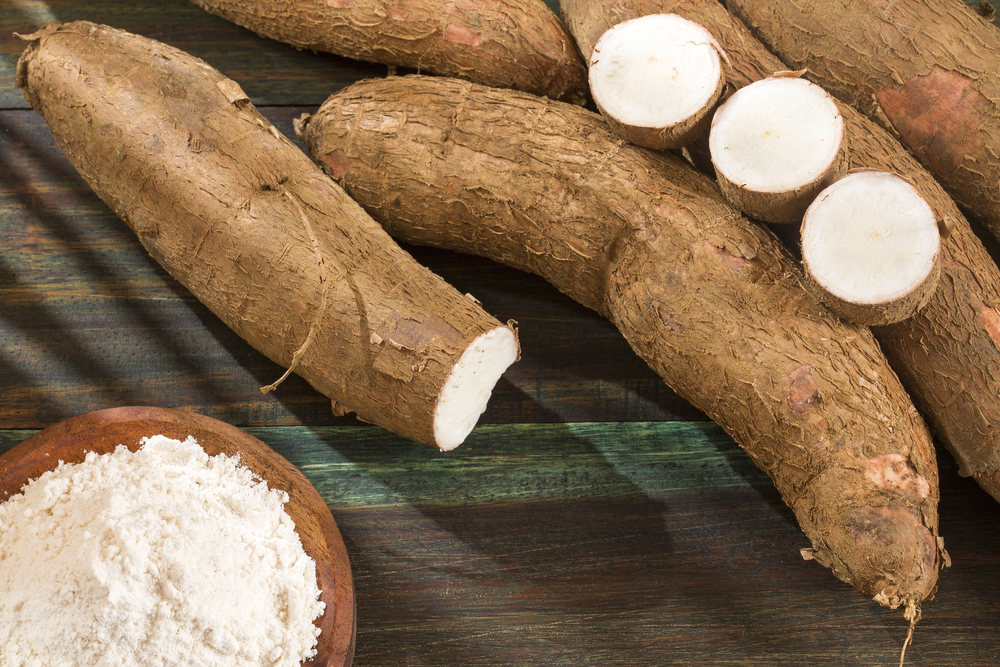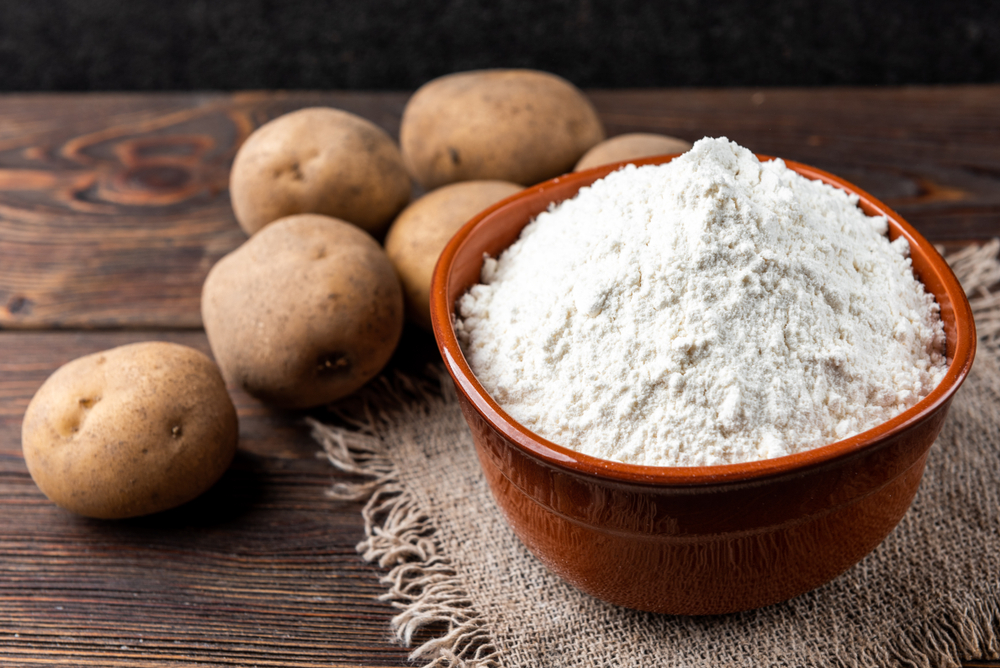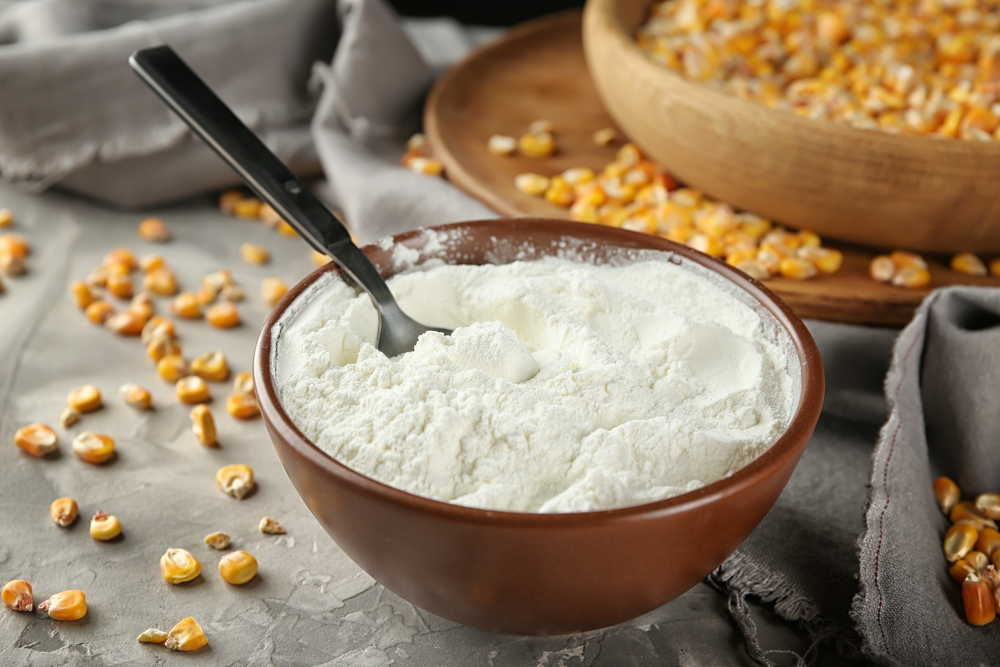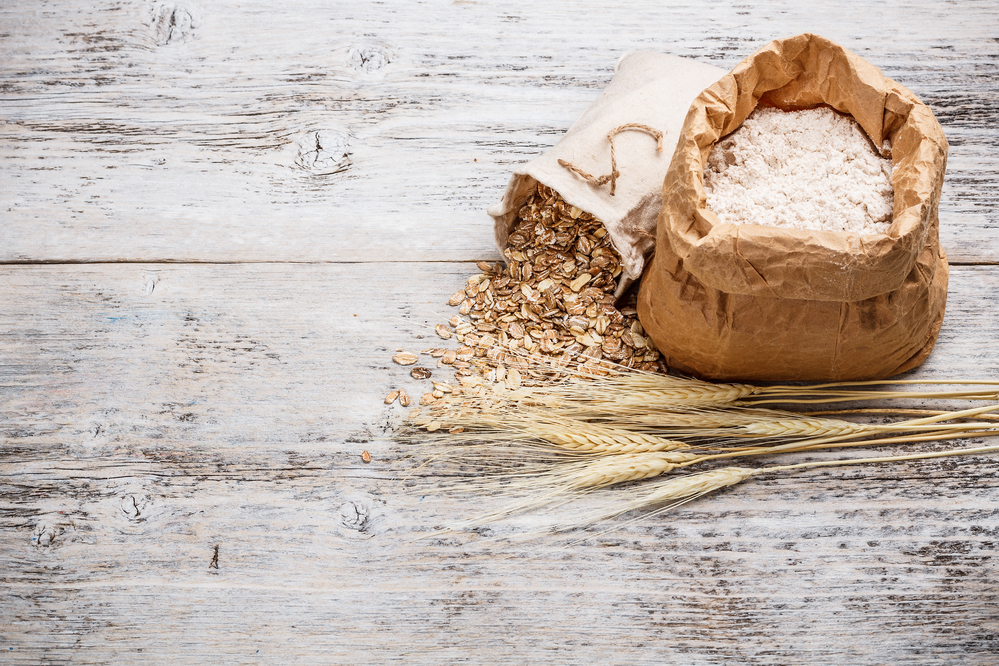Cornstarch is a common ingredient found in many kitchens around the world. It is used as a thickener in soups, sauces, and gravies, and can also be used as a substitute for flour in baking. But what does cornstarch taste like?
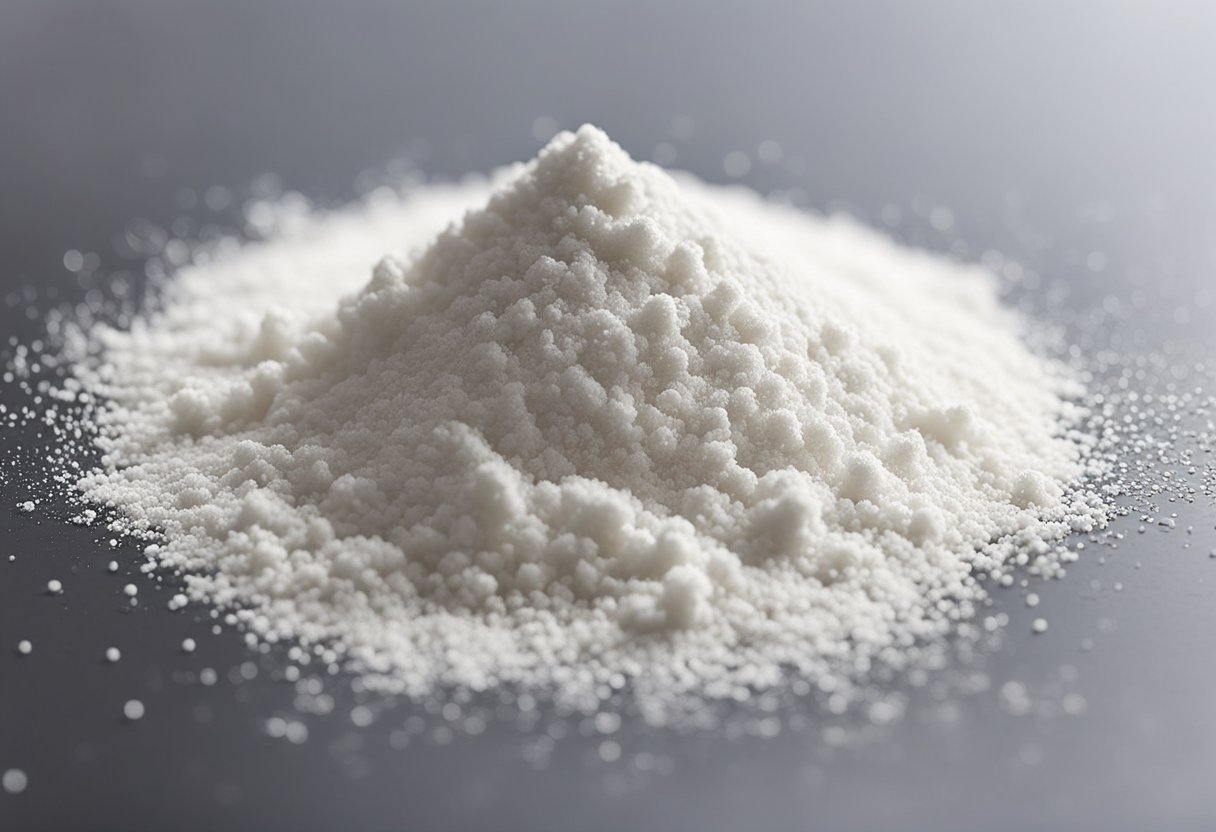
Cornstarch is a flavorless and odorless powder made from the starchy part of the corn kernel. It is almost pure starch and contains no protein, making it a gluten-free product.
While it doesn’t have a distinct taste on its own, it is commonly used to alter the texture of foods, giving them a smooth and velvety texture when used as a thickener.
When it comes to cooking, cornstarch is a versatile ingredient that can be used in a variety of ways. It can be added to soups, stews, and sauces to thicken them up, or used as a coating for fried foods to give them a crispy texture.
It can also be used as a substitute for flour in baking, and can be used to make custards, puddings, and pies.
Key Takeaways
- Cornstarch is a flavorless and odorless powder made from the starchy part of the corn kernel.
- It is commonly used as a thickener in soups, sauces, and gravies, and can also be used as a substitute for flour in baking.
- Cornstarch is a versatile ingredient that can be used in a variety of ways in cooking.
Understanding Cornstarch
Cornstarch is a fine, powdery substance that is derived from the endosperm of corn kernels. It is a type of starch that is commonly used as a thickening agent in many recipes, especially in baking.
Cornstarch is a gluten-free and protein-free substance, which makes it an ideal ingredient for those with gluten intolerance or allergies.
One of the most important things to understand about cornstarch is that it is a pure starch, which means that it is made up of mostly carbohydrates and contains no fiber.
This makes it a high-carbohydrate ingredient that is not particularly nutrient-dense. However, it is a useful ingredient in cooking because of its ability to thicken liquids and create a smooth texture in recipes.
Cornstarch is made by grinding dried corn kernels into a fine powder. The powder is then mixed with water to create a slurry, which is then separated into its component parts using a process called wet milling. The resulting starch is then dried and packaged for use in cooking.
When it comes to taste, cornstarch is relatively bland and has a neutral flavor. This makes it an ideal ingredient for recipes where you don’t want the flavor of the thickening agent to overpower the other ingredients in the dish.
However, it is important to note that if you use too much cornstarch in a recipe, it can create a starchy or chalky taste that can be unpleasant.
Overall, cornstarch is a versatile ingredient that is commonly used in many recipes. While it is not particularly nutrient-dense, it is a useful ingredient for thickening liquids and creating a smooth texture in recipes.
Taste and Texture of Cornstarch
Cornstarch is a versatile ingredient used in many recipes for its thickening properties. It is made from the endosperm of the corn kernel and is a fine, white powder. Cornstarch has a neutral flavor and is often described as bland or tasteless.
When added to recipes, cornstarch does not significantly alter the taste of the dish. It has a subtle flavor, but it is not sweet. Unlike sugar or other sweeteners, cornstarch does not add any sweetness to dishes. Instead, it is used to thicken sauces, soups, and desserts, giving them a silky texture.
Cornstarch has a very fine texture, which makes it perfect for thickening liquids. When mixed with water or other liquids, it creates a smooth and silky texture, which is why it is often used in recipes like custards and puddings.
The mouthfeel of cornstarch is smooth and silky, and it does not leave any aftertaste. It is a great ingredient to use when you want to thicken a dish without changing the flavor or texture too much.
To sum up, cornstarch has a neutral flavor, a silky texture, and does not significantly alter the taste of the dish. It is a versatile ingredient that is used to thicken sauces, soups, and desserts, giving them a smooth and silky texture.
Cornstarch in Cooking
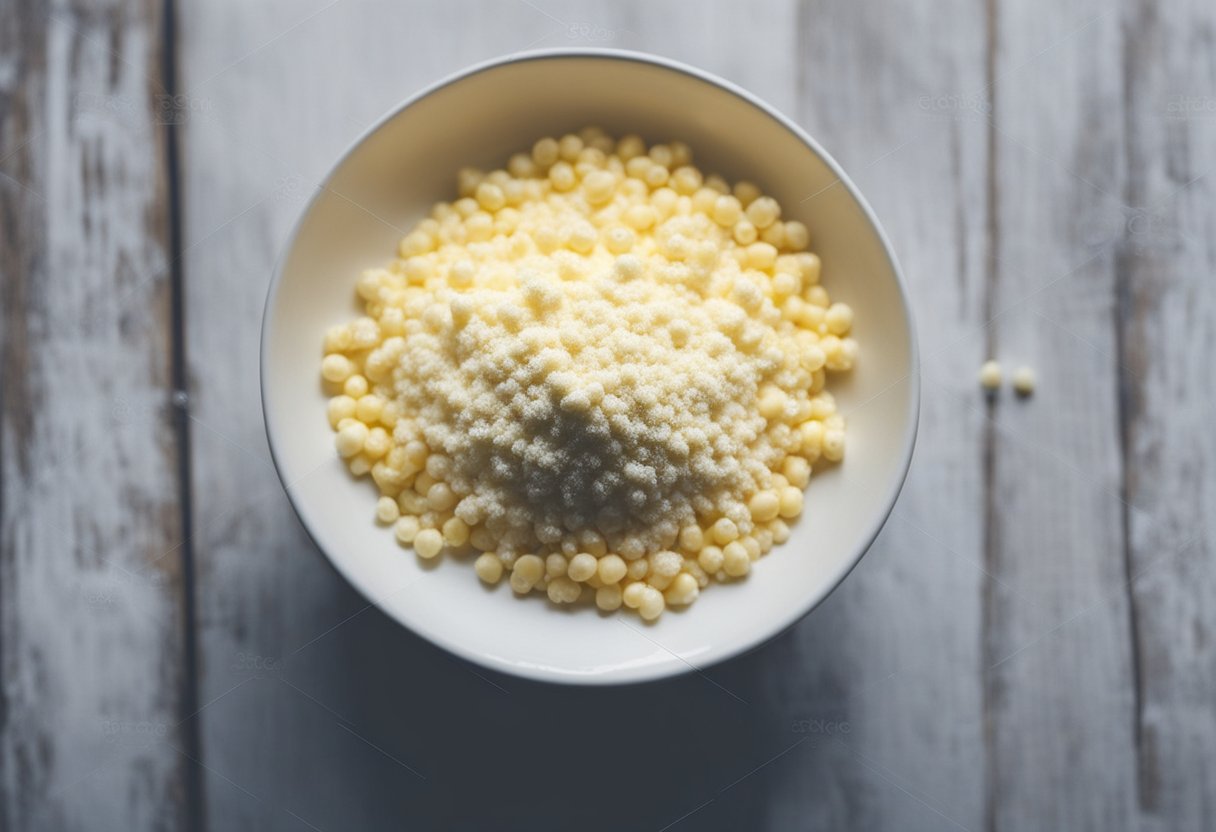
As a cooking ingredient, cornstarch is a versatile and essential tool in the kitchen. It is a fine, powdery substance made from corn kernels that can be used as a thickening agent for sauces, soups, gravies, stews, and pie fillings.
When cooking with cornstarch, it is important to keep in mind that it must be heated to a certain temperature in order to activate its thickening properties. If not heated properly, the mixture can become lumpy or gritty, which can ruin the texture of the dish.
One of the key benefits of using cornstarch as a thickening agent is that it does not change the flavor of the food, making it an ideal choice for recipes where you want to preserve the original taste of the dish.
It is also a great option for people who are looking for a gluten-free alternative to flour.
To use cornstarch as a thickening agent, it is typically mixed with a cold liquid, such as water or broth, to create a slurry. The slurry is then added to the hot liquid that you want to thicken, such as a sauce or soup.
The ratio of cornstarch to liquid will vary depending on the recipe, but a good rule of thumb is to use 1 tablespoon of cornstarch for every cup of liquid.
Cornstarch can also be used in baking to create a creamy and smooth texture in custards, puddings, and pies. It is often used in combination with sugar to create a glossy and transparent sauce that is perfect for topping desserts.
Overall, cornstarch is a valuable cooking ingredient that can be used in a variety of ways to thicken and enhance the texture of your favorite dishes. By following a few simple guidelines, you can use cornstarch to create delicious and satisfying meals that are sure to impress.
Cornstarch as a Substitute
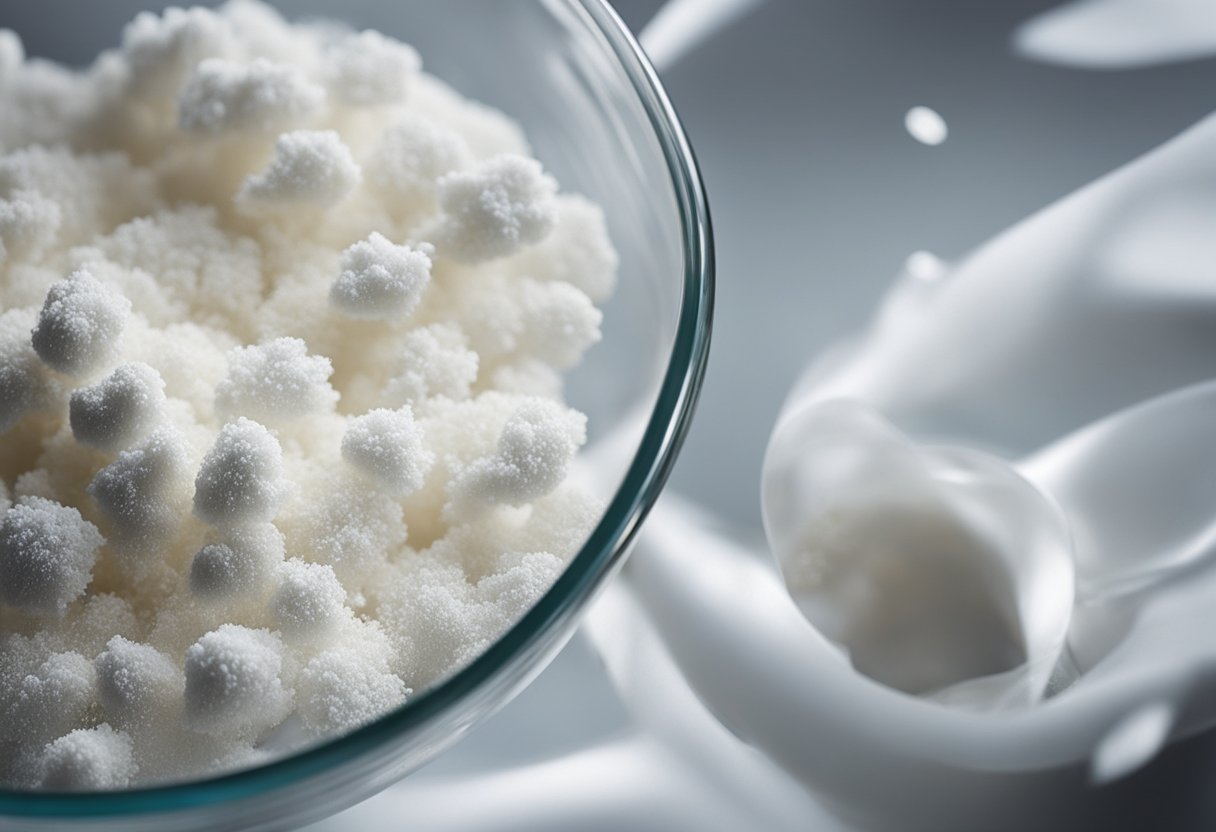
As a chef, I often find myself in situations where I run out of a particular ingredient. Cornstarch is a pantry staple that I use frequently as a thickening agent in sauces, soups, and stews.
However, there are times when I don’t have enough cornstarch, or I run out of it entirely. In such cases, I turn to other ingredients that can serve as substitutes.
When it comes to substituting cornstarch, the first thing that comes to mind is flour. Wheat flour is a popular substitute for cornstarch, but it’s important to note that it has a stronger flavor and can make the dish cloudy.
To avoid this, I use half the amount of flour as I would cornstarch, and I mix it with cold water to form a slurry before adding it to the dish.
Another popular substitute for cornstarch is potato starch. It has a similar texture and neutral flavor, making it an excellent thickener for sauces and gravies. When using potato starch as a substitute, I use the same amount as I would cornstarch.
Rice flour is another option that I use as a cornstarch substitute. It has a fine texture and can be used in equal amounts as cornstarch. However, it’s important to note that rice flour can make the dish slightly grainy.
Arrowroot flour is a gluten-free and paleo-friendly substitute for cornstarch. It has a similar texture and neutral flavor, making it an excellent thickener for sauces and soups.
When using arrowroot flour as a substitute, I use half the amount as I would cornstarch.
It’s important to note that cornstarch and corn flour are not interchangeable. Corn flour is made from whole corn kernels and has a different texture and flavor than cornstarch. If you don’t have cornstarch, it’s best to use one of the substitutes mentioned above.
In conclusion, there are several substitutes for cornstarch that can be used in a pinch. Flour, potato starch, rice flour, and arrowroot flour are all excellent options.
It’s important to note that each substitute has its unique properties, so it’s best to experiment with different substitutes to find the one that works best for your dish.
Storing and Preserving Cornstarch

As with any food item, proper storage is key to preserving its quality and shelf life. Cornstarch is no exception. Here are some tips on how to store and preserve cornstarch:
How to Store Cornstarch
Cornstarch should be stored in a cool, dry place, away from direct sunlight, moisture, and odors. Exposure to heat, humidity, and air can cause cornstarch to clump, lose its thickening power, and spoil faster.
Therefore, it is recommended to store cornstarch in an airtight container, such as a glass jar with a tight-fitting lid, a plastic container with a snap-on lid, or a resealable plastic bag.
Long-Term Storage Options
If you plan to store cornstarch for a longer period, such as several months or years, you may want to consider repackaging it into smaller, airtight containers or bags.
This can help reduce the amount of air and moisture exposure, as well as make it easier to use and access the cornstarch. Some good options for long-term storage containers include:
- Glass jars with metal lids
- Plastic containers with screw-on lids
- Mylar bags with zip-lock closures
- Food-grade buckets with gamma-seal lids
Shelf Life of Cornstarch
Cornstarch typically has a shelf life of 12 to 18 months, if stored properly. However, its quality and thickening power may start to decline after a few months, especially if exposed to heat, moisture, or air.
Therefore, it is recommended to check the expiration date of the cornstarch before using it, and to discard any cornstarch that has a strange odor, color, or texture.
How to Preserve Cornstarch
To extend the shelf life of cornstarch and prevent spoilage, you can take some additional steps, such as:
- Keep cornstarch away from moisture, heat, and light
- Avoid using wet utensils or hands when handling cornstarch
- Use a clean, dry spoon or measuring cup to scoop cornstarch
- Do not mix old and new cornstarch together
- Label and date the container or bag of cornstarch
- Store cornstarch separately from other food items
- Keep cornstarch out of reach of children and pets
By following these tips, you can ensure that your cornstarch stays fresh, flavorful, and effective for all your cooking and baking needs.
Health Implications of Cornstarch
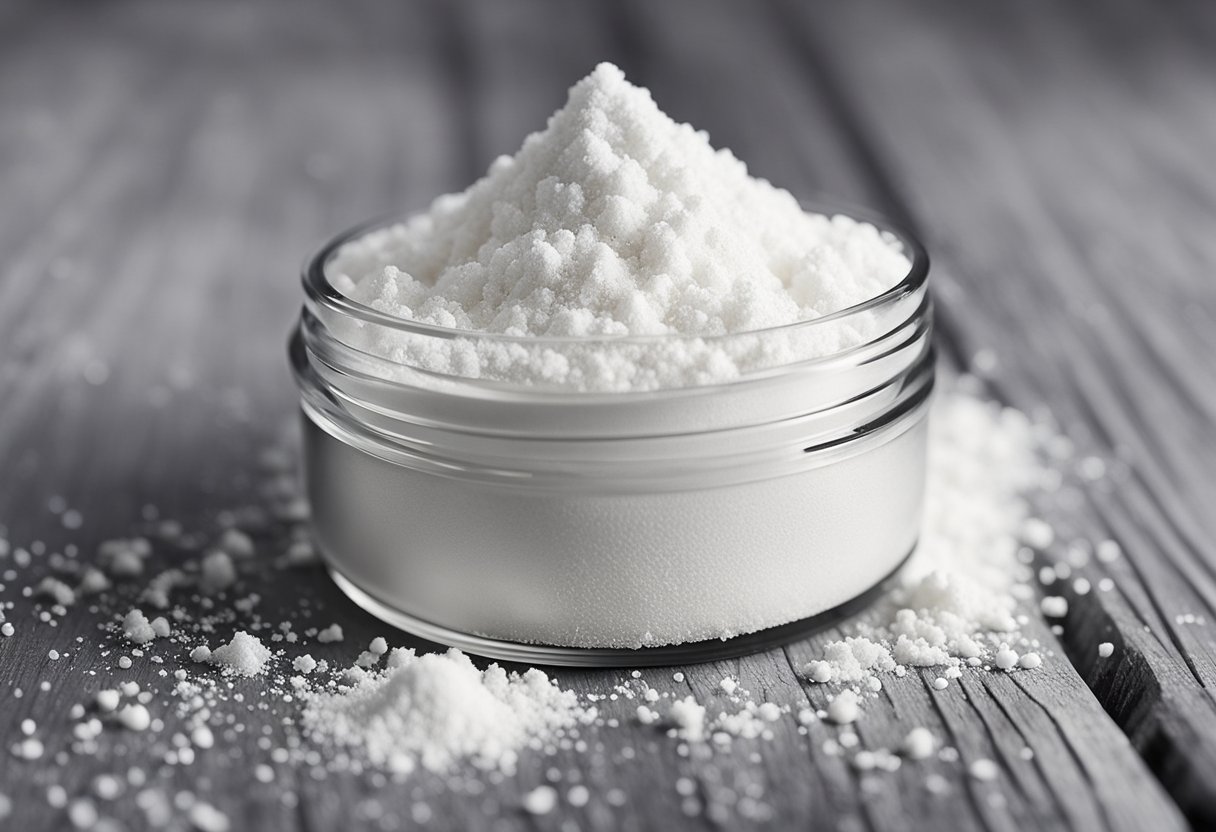
As a nutritionist, I am often asked about the health implications of consuming cornstarch. Cornstarch is a common ingredient used in many recipes as a thickening agent. It is a pure carbohydrate, low in fiber, and has a high glycemic index, which can affect blood sugar levels.
One tablespoon of cornstarch contains approximately 30 calories, which is relatively low compared to other thickeners like flour. However, cornstarch is not a significant source of iron or other essential nutrients.
While cornstarch is generally safe to consume, it is important to note that some people may have an allergy to corn or corn products. If you experience symptoms such as hives, swelling, or difficulty breathing after consuming cornstarch, seek medical attention immediately.
For individuals with diabetes, it is important to be mindful of the amount of cornstarch consumed as it can affect blood sugar levels.
Consuming foods with a high glycemic index, like cornstarch, can cause a rapid increase in blood sugar levels, which can be harmful to those with diabetes.
In conclusion, cornstarch is a common ingredient used in many recipes as a thickening agent. While it is generally safe to consume, it is important to be mindful of the amount consumed, particularly for those with diabetes. If you have a corn allergy, it is best to avoid cornstarch altogether.
Other Uses of Cornstarch
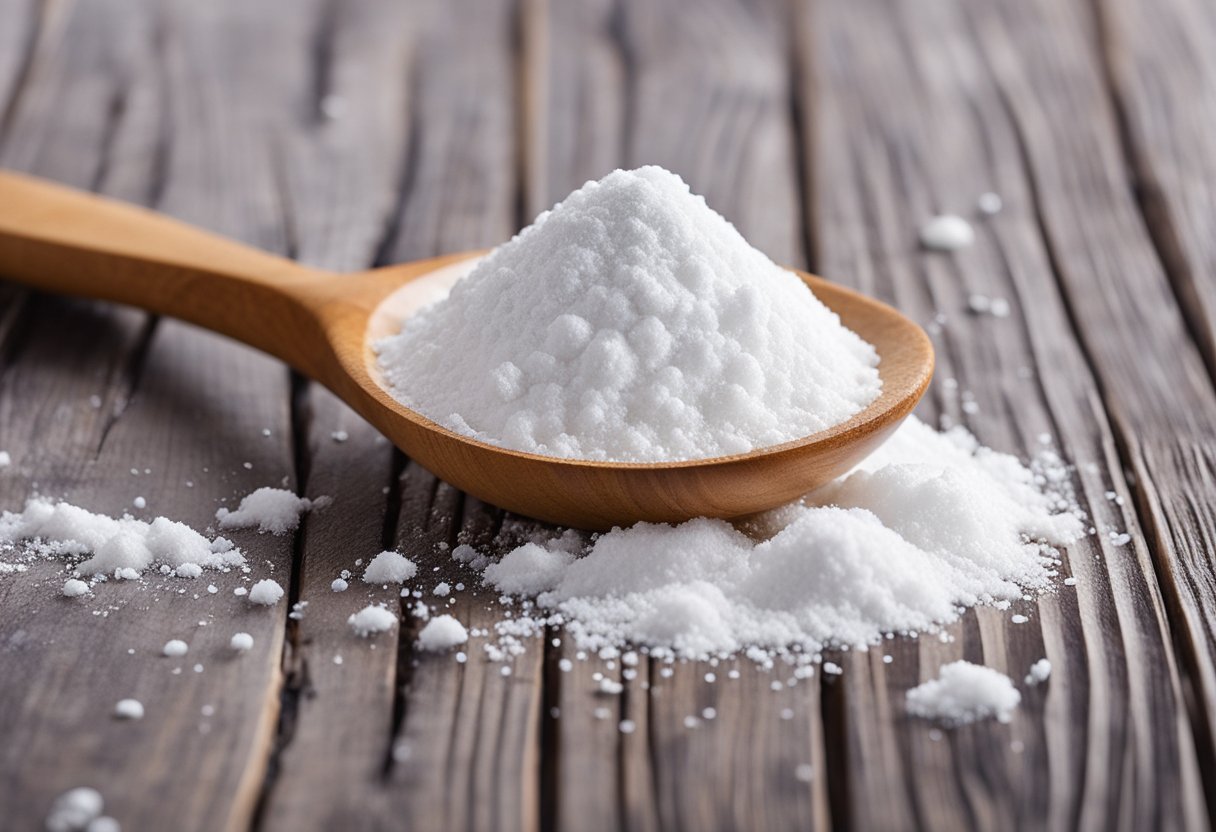
Cornstarch is not only a versatile ingredient in the kitchen but also has other uses outside of cooking. Here are some of the other uses of cornstarch:
Cosmetics
Cornstarch is a common ingredient in many cosmetic products, such as powders and dry shampoos. It is used to absorb excess oil and moisture, leaving the skin or hair feeling silky and smooth.
Household Cleaning
Cornstarch can be used as a natural substitute for powdered cleansers. It can be used to clean carpets, upholstery, and even silverware. Its fine texture helps to absorb dirt and grime, leaving surfaces clean and shiny.
Thickening Agent
Cornstarch is a popular thickening agent in cooking. It can be used to thicken sauces, soups, and gravies, giving them a smooth and silky consistency. It is also a gluten-free alternative to flour, making it a great option for those with gluten intolerance.
Puddings and Cakes
Cornstarch is a common ingredient in puddings and cakes. Its fine texture helps to create a dense and moist texture in cakes, while its ability to thicken liquids helps to create a silky smooth pudding.
Fried Foods
Cornstarch can be used as a coating for fried foods, such as chicken or tofu. Its fine texture creates a crispy and crunchy coating, while its subtle flavor allows the flavors of the spices and seasonings to shine through.
Overall, cornstarch is a versatile ingredient that can be used in a variety of ways. Whether you are cooking, cleaning, or creating, cornstarch is a useful and practical ingredient to have on hand.
Frequently Asked Questions
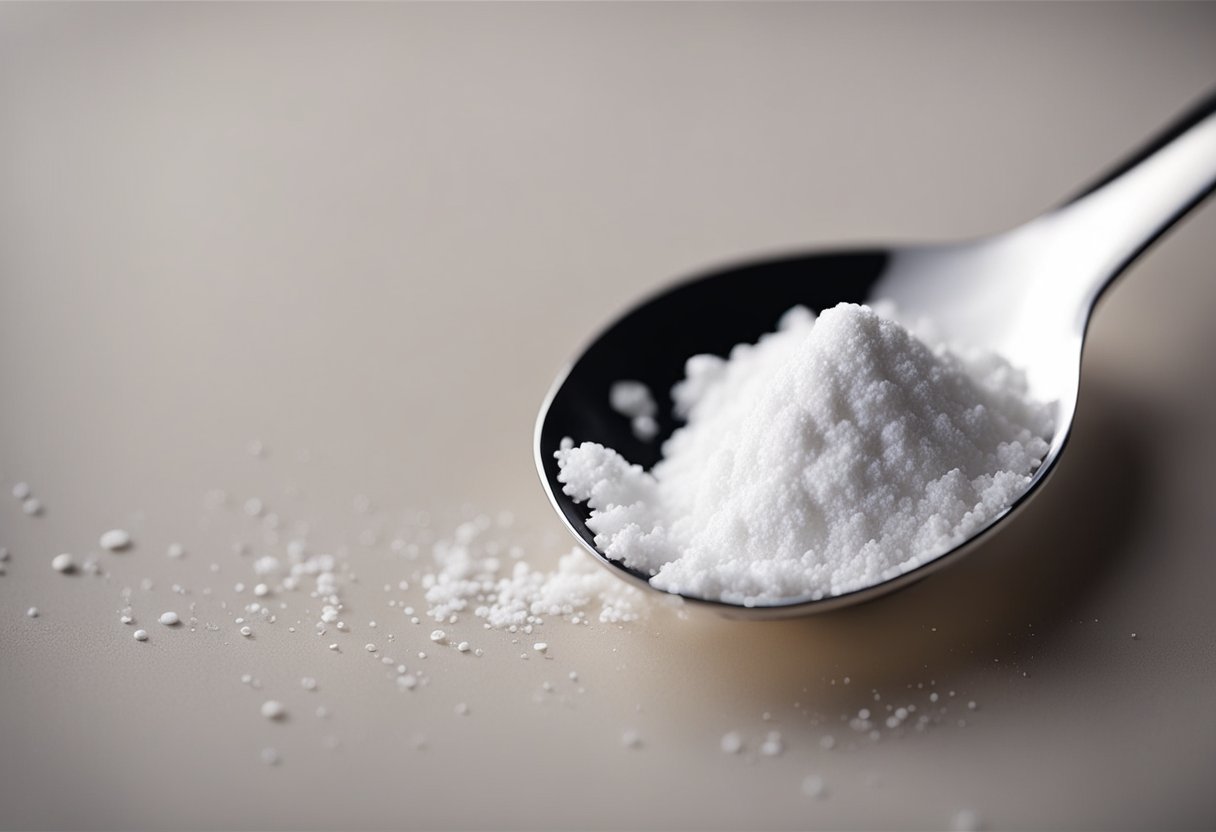
What are some common uses for cornstarch in cooking?
Cornstarch is a versatile ingredient that can be used in a variety of dishes, from soups and sauces to desserts. It is often used as a thickening agent to give sauces and gravies a smooth, silky texture.
Cornstarch can also be used to make custards, puddings, and other desserts.
What is the texture of cornstarch when eaten?
When cooked, cornstarch has a smooth, velvety texture that is often used to thicken sauces and gravies. However, when eaten raw, cornstarch has a chalky, powdery texture that can be unpleasant.
Can cornstarch be used as a substitute for flour in recipes?
Cornstarch can be used as a substitute for flour in some recipes, but it is not a one-to-one substitution. Because cornstarch is a pure starch, it has a higher thickening power than flour.
As a general rule, you should use about half as much cornstarch as you would flour in a recipe.
Does the taste of cornstarch vary depending on how it’s prepared?
Cornstarch has a relatively bland, neutral flavor, so its taste does not vary significantly depending on how it’s prepared. However, the texture of cornstarch can vary depending on how it’s used in a recipe.
What are some potential health risks associated with consuming cornstarch?
Consuming large amounts of cornstarch can lead to digestive issues, such as bloating and gas. Additionally, cornstarch is high in carbohydrates and calories, so it should be consumed in moderation as part of a balanced diet.
How does the taste of cornstarch compare to other starches like potato or tapioca?
Compared to other starches like potato or tapioca, cornstarch has a milder, less pronounced flavor. However, the texture of cornstarch is often preferred in certain dishes, such as Chinese stir-fries, where it is used to thicken sauces and give them a glossy appearance.



